
Thanks, Feelings Helpers!
Help children understand the role of “feelings helpers”—social workers, psychologists, psychiatrists, and other professionals who know how to help when big feelings get too big.
This story is appropriate for all children, whether or not they’re seeing a therapist or counselor! Share it with them to help them understand and appreciate the job of the professionals who help children (and grown-ups) when big feelings get too big, too often.
Talk together about the caring adults in your child’s life to whom they can talk about their feelings—teachers, faith leaders, school nurses, and so on. Remind them that there are lots of other grown-ups besides feelings helpers who are good at helping children with big feelings, and that you might talk to different trusted grown-ups depending on how big your feelings get, how often they happen, and how long they last. A trusted grown-up is someone you feel comfortable with and close to. A trusted grown-up cares about you and comforts you to help you with your big feelings.
Before, during, and after reading, reinforce and explain the ideas in the story. If your child is already seeing a feelings helper, or is about to start, you can use language like this as often as needed:
- Sometimes our feelings get so big, and they happen so much, that it’s hard to do the things we want to do—we might have a hard time learning, playing, sleeping, making friends, having fun, and more. That’s when a feelings helper can help.
- It’s okay to need help from feelings helpers. It’s good to tell a trusted grown-up when you need help with big feelings.
- Many children go to feelings helpers. Grown-ups do, too.
- Sometimes the time you spend with feelings helpers is called therapy or counseling. (Children may know about other therapies such as speech therapy or occupational therapy; you can explain that this is different.)
- Everyone has a hard time sometimes. We can get through hard times together by asking for help when we need it, and also by helping each other when we need it.
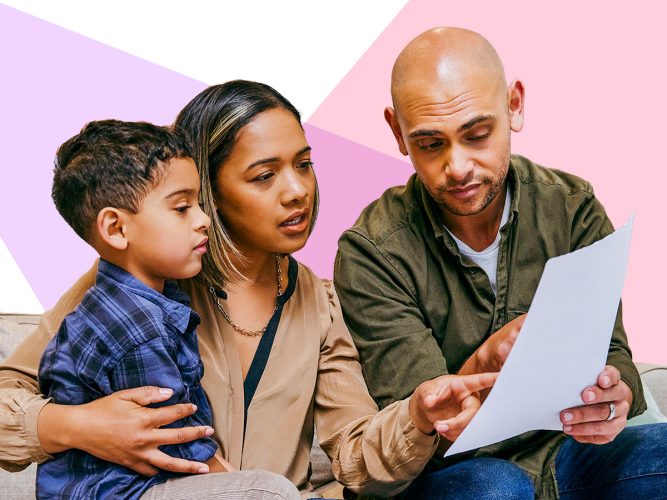
Screen Time & Safety Tips
Information and resources about screen time, online safety for kids, and digital well-being.
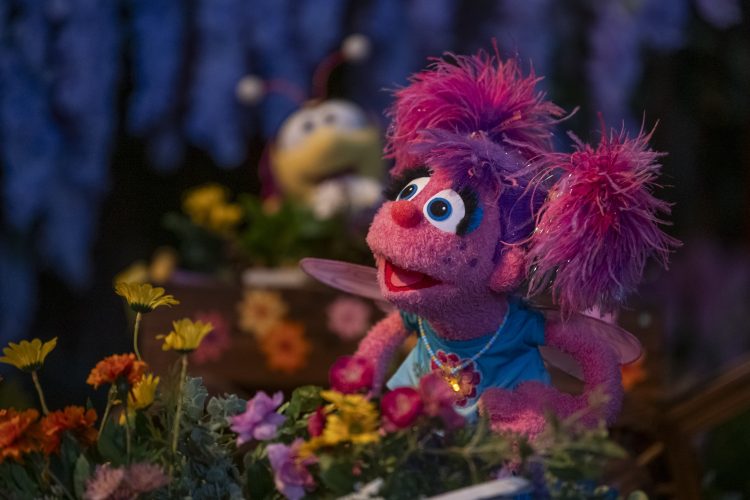
Watch and Play: Abby's Magical Beasties
Watch this episode and explore ways to extend the learning at home.
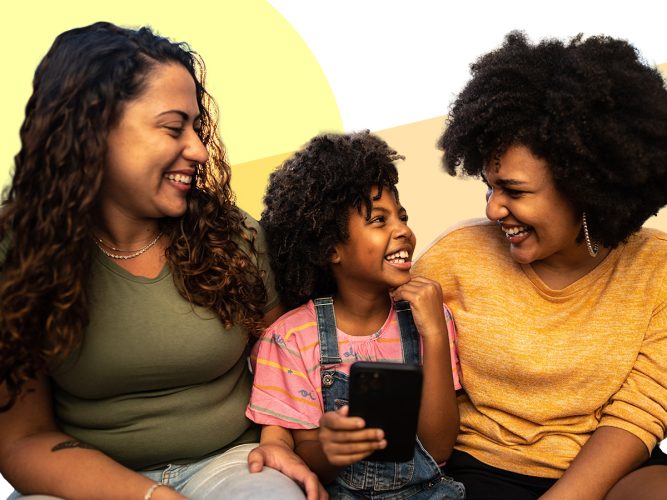
Growth Mindset…for Grown-ups!
Staying positive can help you navigate changes and take on challenges with confidence.

Understanding Digital Well-Being: A Guide for Parents & Caregivers
Digital well-being is about understanding and making choices about media as a part of family life, in order to learn, play, connect, relax, and feel closer to one another.
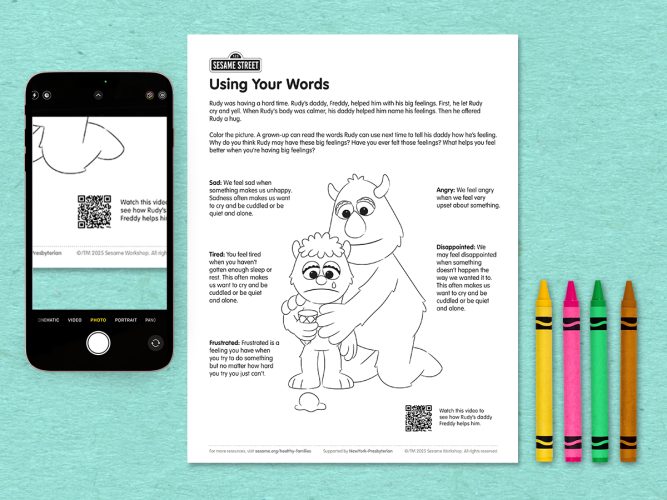
Using Your Words
A coloring page helping children explore words for big feelings.
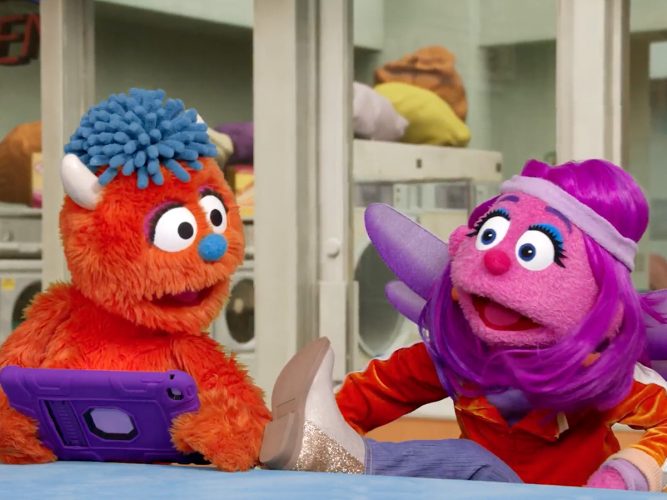
Bring the Energy
Watch Rudy’s Mommy Maggie help him transition out of screen time playfully.
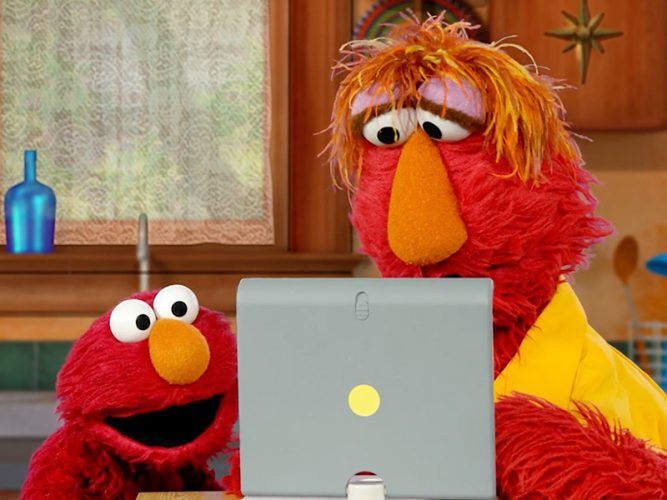
C is for Choices
Elmo and Louie make choices on how and when to use technology as a family.
